In mid-July, it was time for me to pack my bag for the second time - off to Canada, into the wilderness of our protected areas.
After the extremely rainy expedition last summer, a winter jacket and thick woolly socks were at the top of my packing list this time. With the memories of soaking wet days on the last expedition to Canada, I was convinced that I now knew what to pack. Small spoiler: It hardly rained at all! My winter jacket stayed in my rucksack and my urban nature knowledge was proven wrong with a twinkle in my eye.
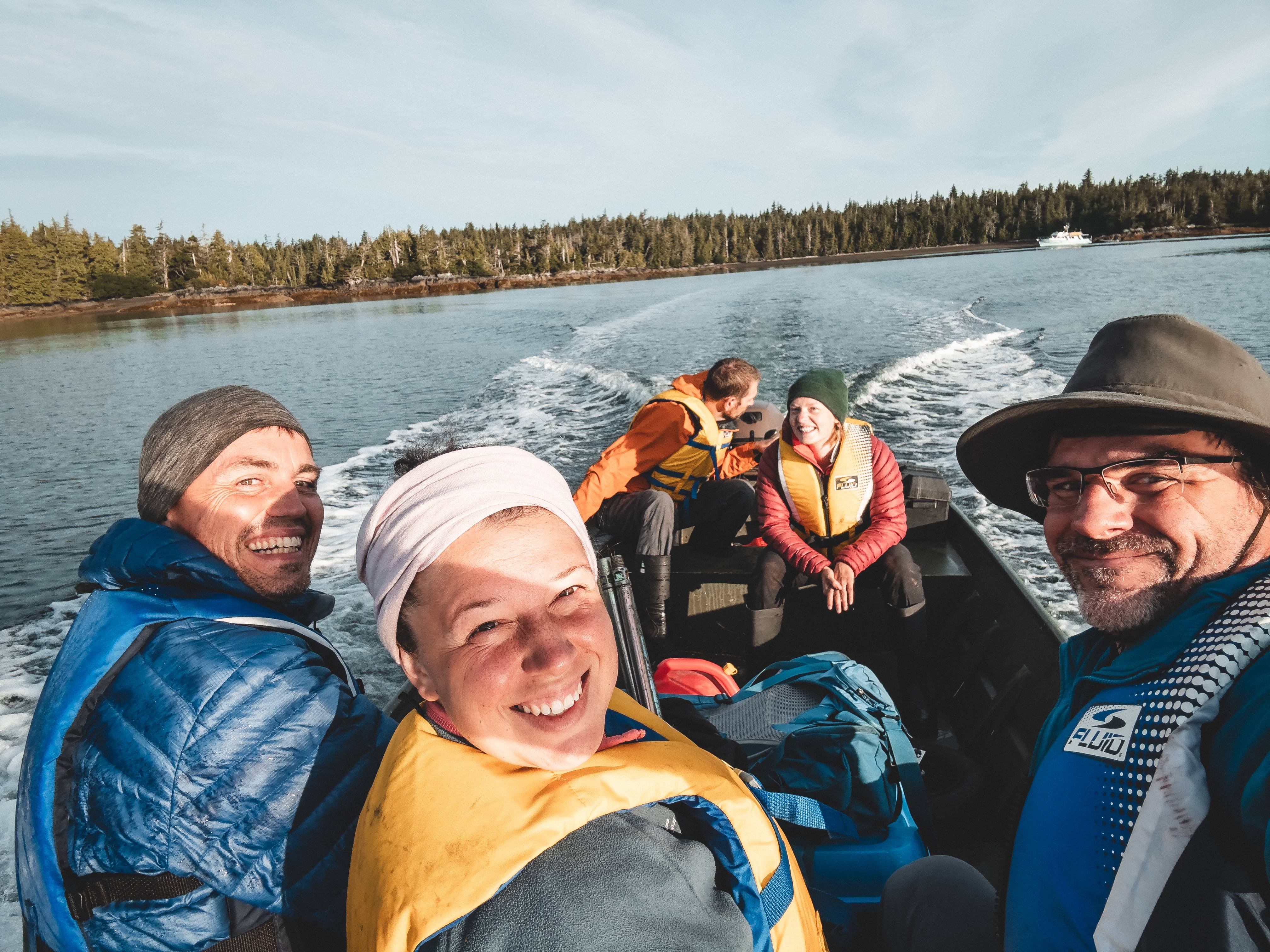
We usually travel to our protected areas by boat - the anticipation is written all over everyone's face.
This year's expedition was all about research
Months in advance, we had already developed a detailed monitoring plan for our expedition, which specified how we would collect data in the protected areas.
We start with the " rapid assessment" of all new areas. This involves determining the area's "worthiness of protection". Decisive factors include biodiversity, CO2 storage capacity, geographical location and acute threat.
After purchasing the land, we draw up a "basic inventory", i.e. an initial list of the animal and plant species that we find there.
This list serves as the starting point for the subsequent long-term monitoring, which we use to document changes in biodiversity and ecosystems over a period of years.
The icing on the cake is the "special research projects", which get to the bottom of more specific scientific research questions. We record all of this data to make the value of wilderness more tangible and to measure and communicate the concrete impact of our actions on the basis of data.
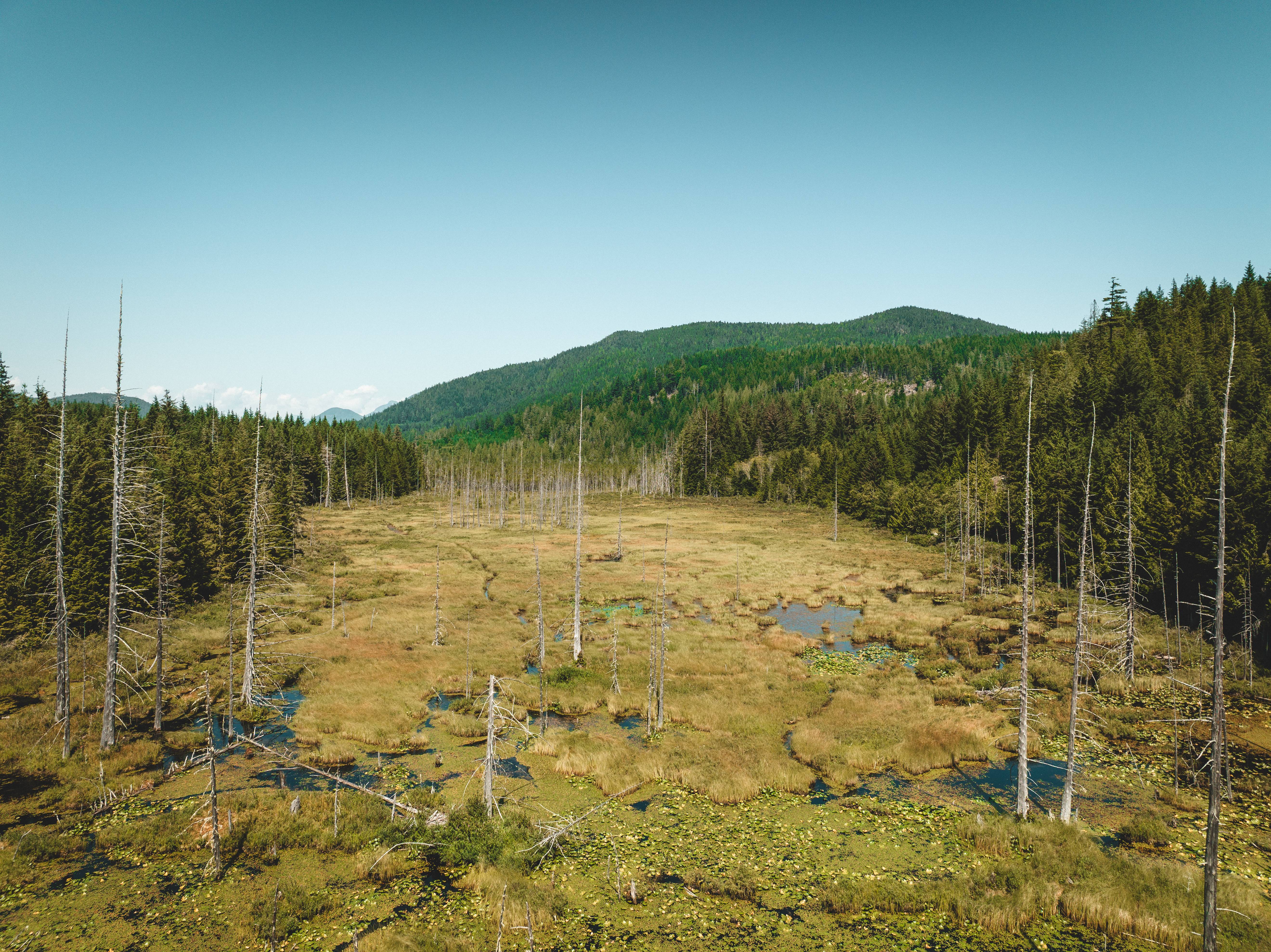
In addition to primeval forests, we also protect moors, as they are equally important and endangered ecosystems. From above, they look pretty barren - because the real treasures are often hidden meters below the surface.
Let's go and make the secrets of the wilderness tangible in data
To put this plan into practice, we spent two weeks on eight different pieces of land in British Columbia. It was particularly impressive for me to accompany the two peatland researchers Prof. Dr. Jürgen Kreyling and his doctoral student Hanna Martens from the Greifswald Mire Center in their work. Their aim was to find out more about the carbon stores of the moors in our protected areas, as these have so far been virtually unexplored - apart from rough estimates.
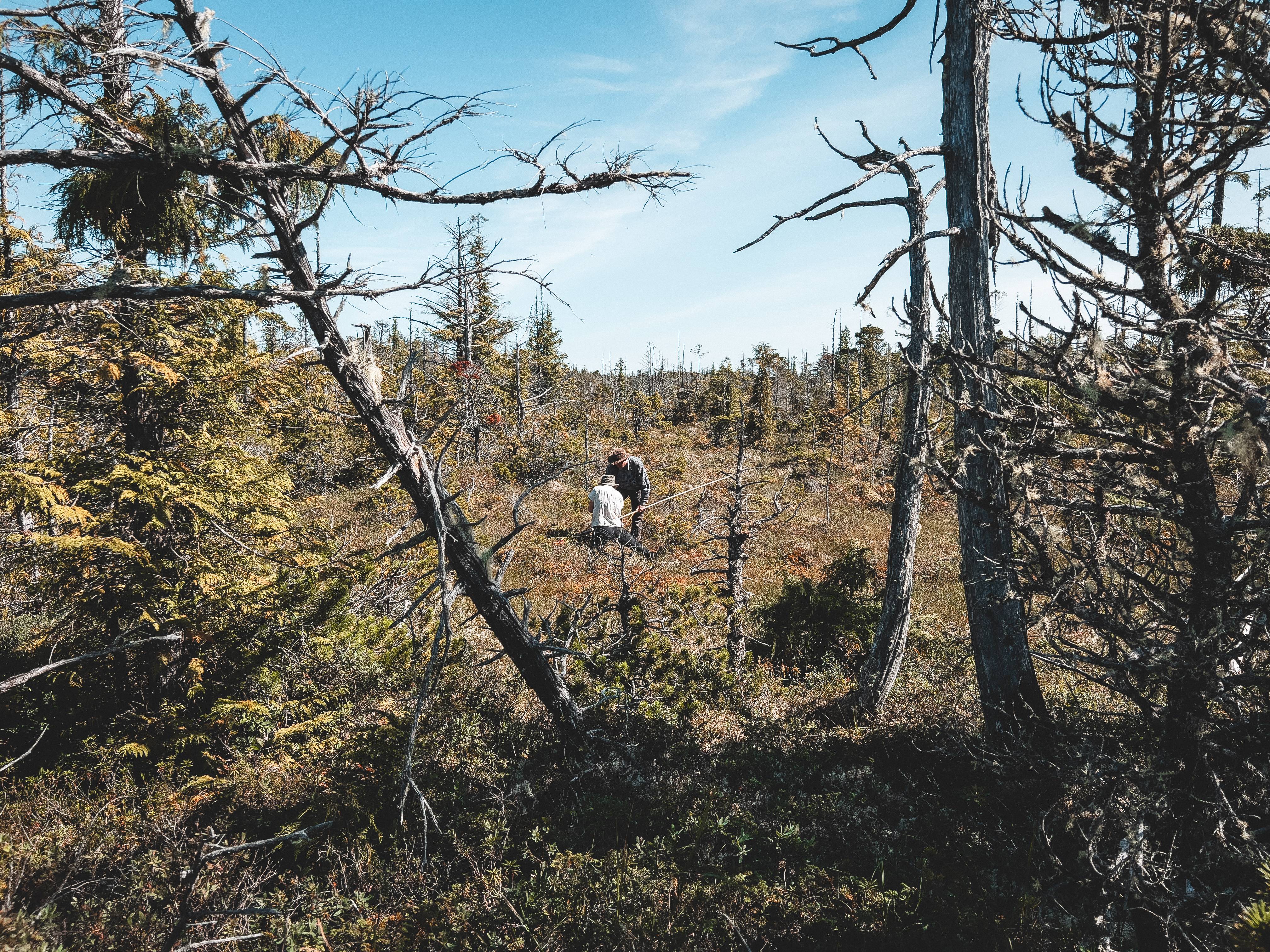
Hanna and Jürgen drill deep into the moor with the peat drill to determine the carbon content of the moor.
Lorem ipsum dolor sit amet, consectetur adipiscing elit, sed do eiusmod tempor incididunt ut labore et dolore magna aliqua.
Bogs form naturally when the water inflow exceeds the outflow. They are therefore usually found in hollows or valleys. Not so on Porcher Island! It rains so much here that bogs even form on hilltops and slopes - and from there you can look directly out over the ocean. Jürgen, who has been able to explore the world's moors on various excursions, was thrilled by this fact and said that he had never explored a moor with such a stunning view. Jürgen and Hanna were so inspired that they could hardly wait to publish their findings and started writing their publication on the spot. They are already convinced that the often underestimated moorland ecosystem will gain a whole new appreciation thanks to their findings!
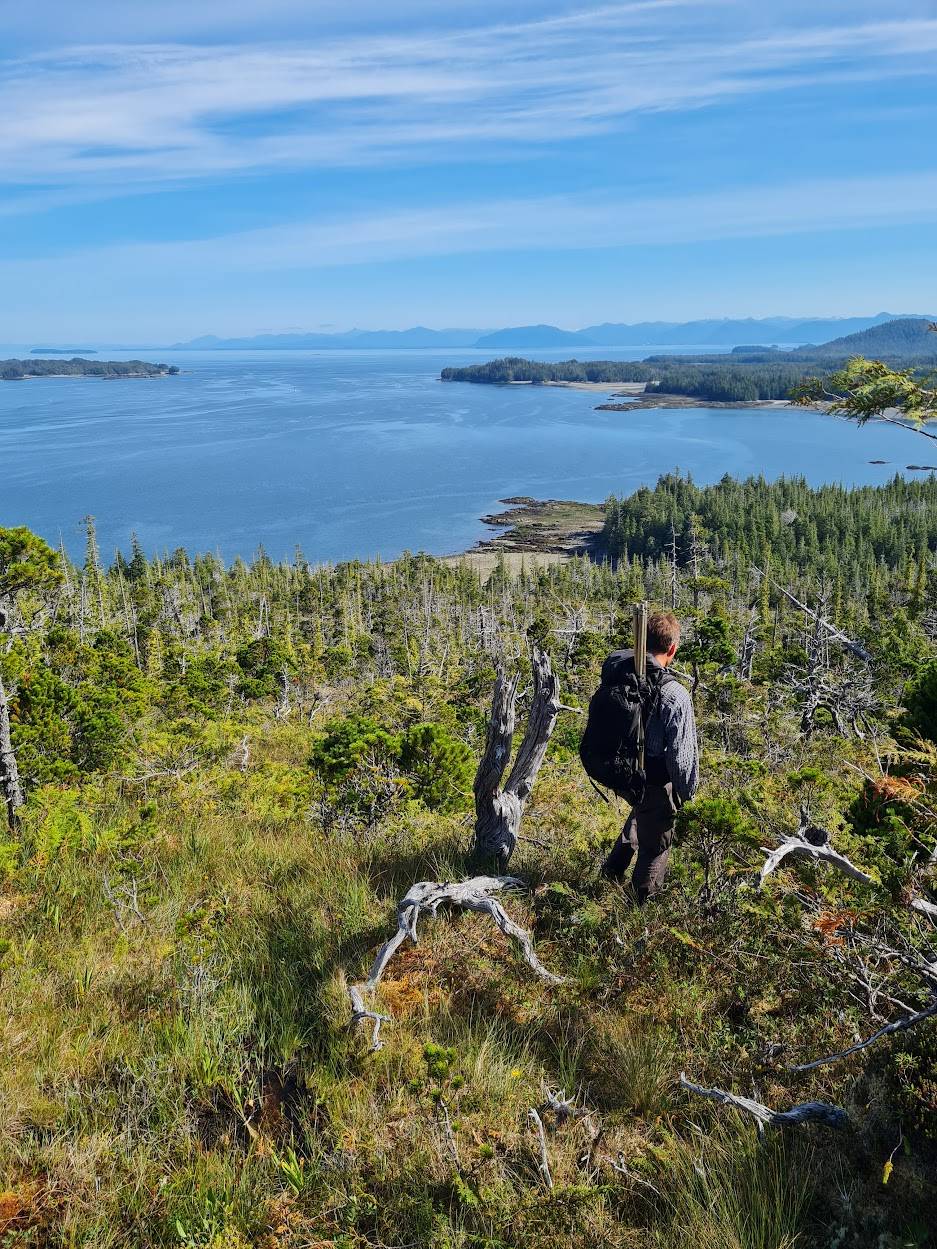
A view like this from the moor is also a rarity for moor researcher Prof. Jürgen Kreyling. It shows that the region is so rich in rain that moors even form on hilltops!
jhfjhdsjd
Chris Ketola, Head Field Research Coordinator at WI, also trudged through dense, rough terrain and crawled through the undergrowth every day to deploy new camera traps and bat sensors and compile species inventories. He was often accompanied by Michael Zhang, a biology student from Canada and scholarship holder of the Bamfield Marine Science Center. Tom and Kai Andersch used drones and on-site assessments to map the intactness, biodiversity and carbon storage of new areas. I myself was not only responsible for setting up the malaise traps - tent traps for catching flying insects - in order to record even the smallest creatures in our protected areas.
In addition to the scientific work, I coordinated the expedition planning, camp organization and data management together with our Cooperation and Special Project Manager Chris Hoffmann and my Canadian colleague Marco Lou - from the daily schedule to the logistical coordination of our equipment so that all teams could work efficiently. I also found the collaboration with long-standing partners such as Dominik Günther from DIAMIR Erlebnisreisen and new partners such as Angélique Vacher from Caudalie particularly enriching. Both were in the conservation area to get an idea of the impact of their donations and to understand our projects even better. At the same time, they actively lent a hand - whether it was carrying heavy equipment through the dense forest or cooking in the camp kitchen with great motivation.
In the end, we all agreed that this expedition was a complete success for research. We returned with a wealth of data, are now carefully analyzing it and can't wait to share the results with you.
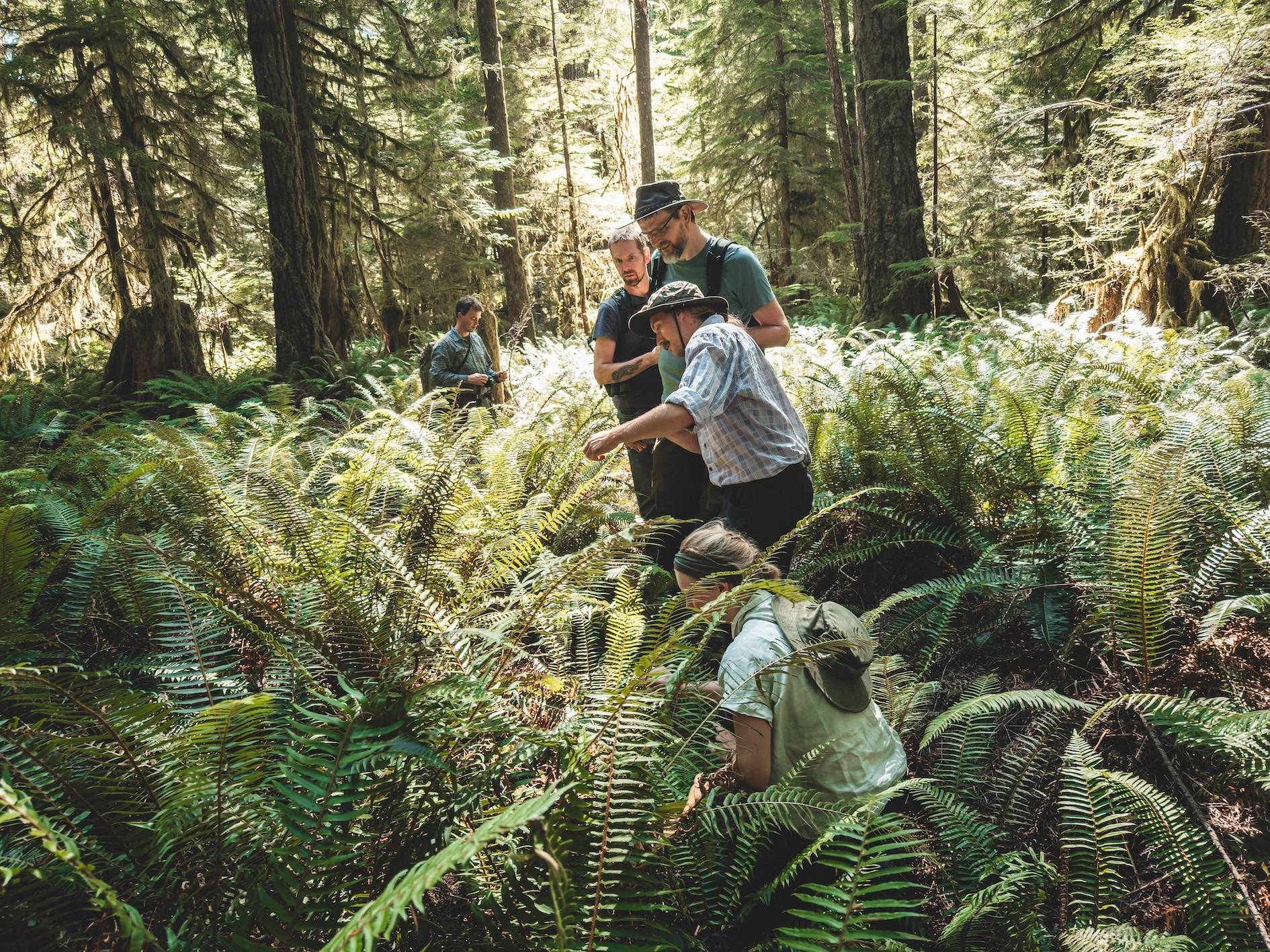
Our research work begins with the rapid assessment of each new piece of land.
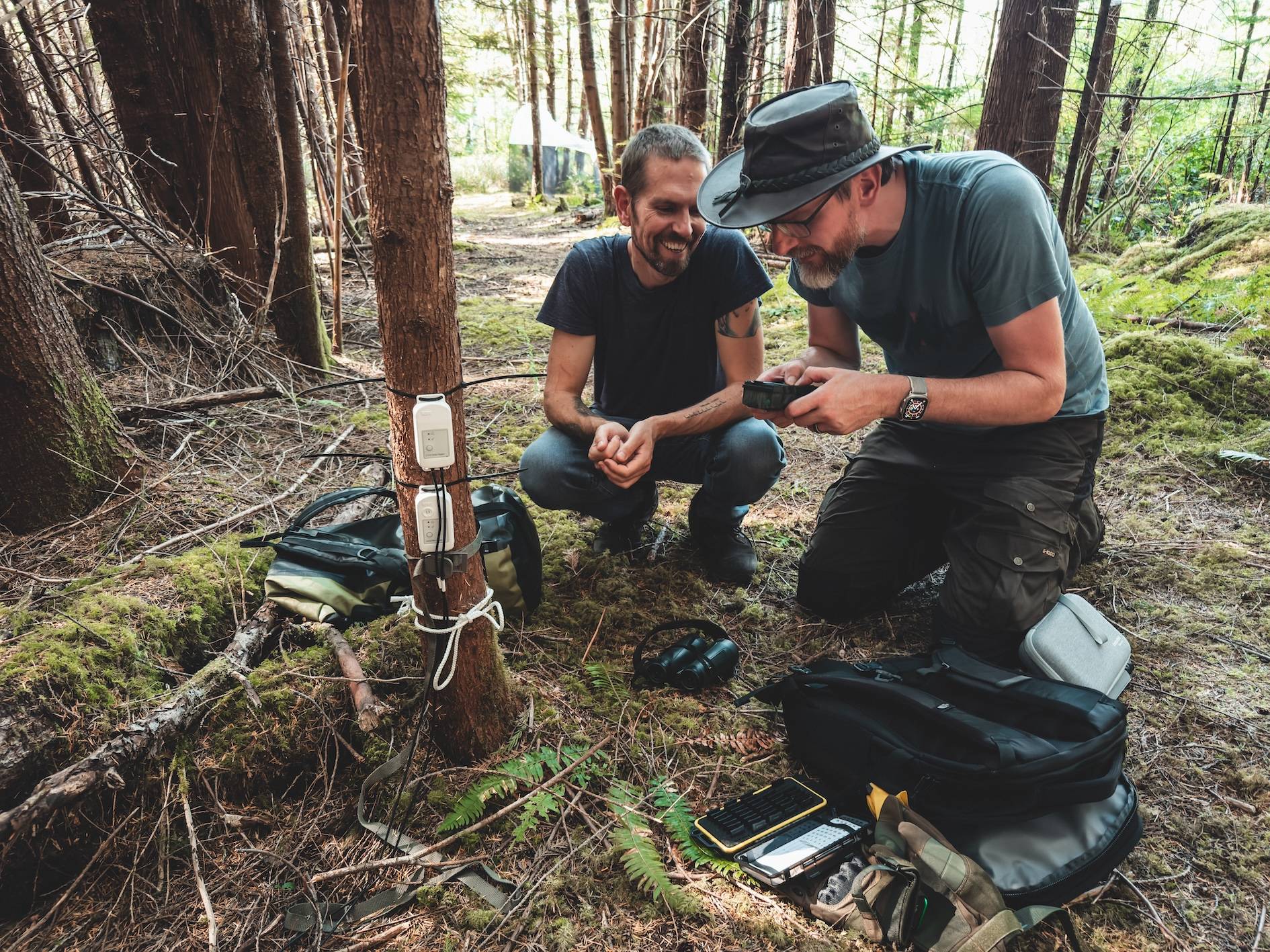
For the baseline inventory and subsequent long-term monitoring, Chris and Tom install camera traps and temperature loggers in our protected areas.
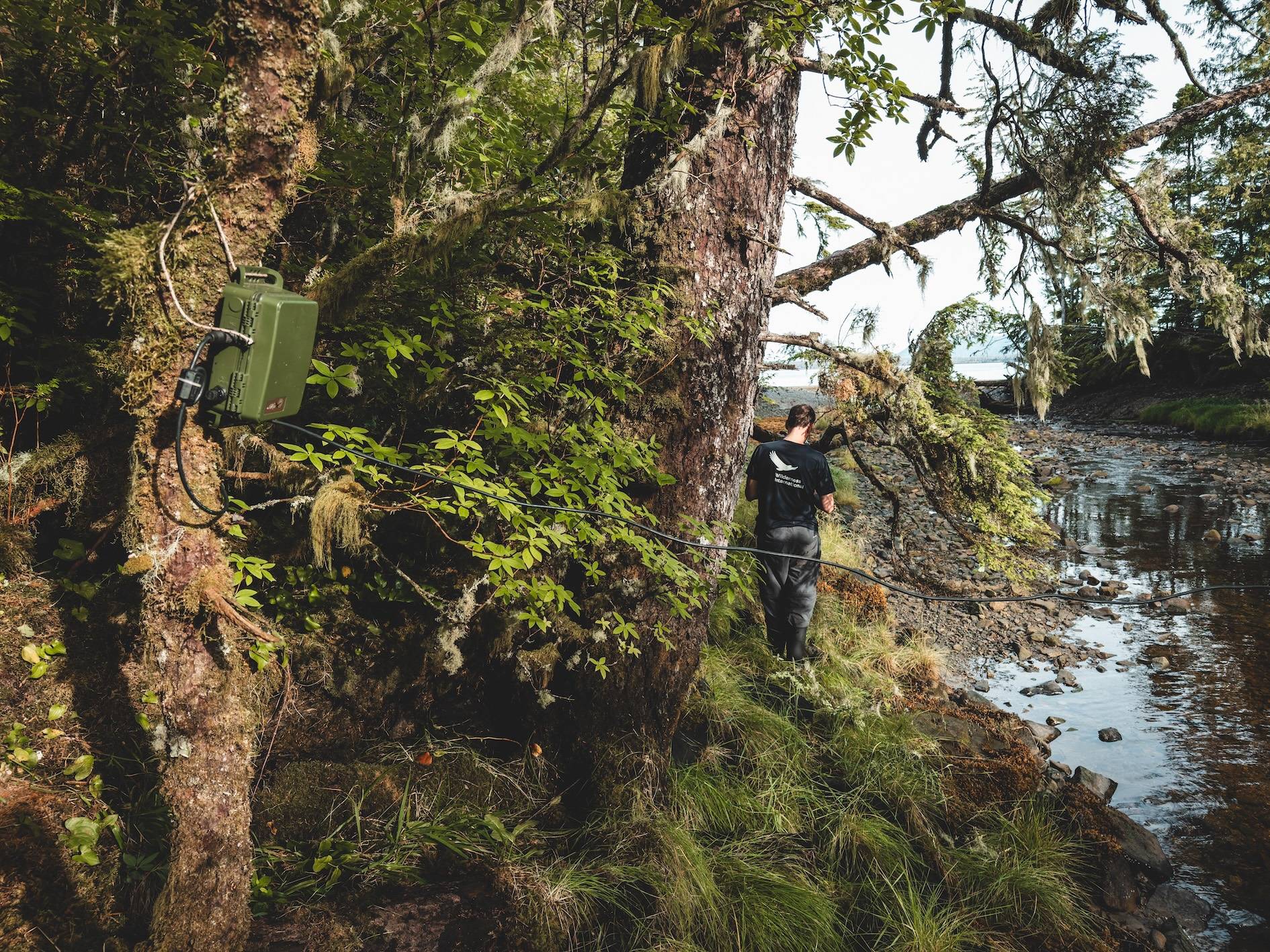
The green box records the sounds of bats in the ultrasonic range. This provides us with data on the species and behavior of these fluffy little rascals - a wonderful example of how technology can support everyday research.
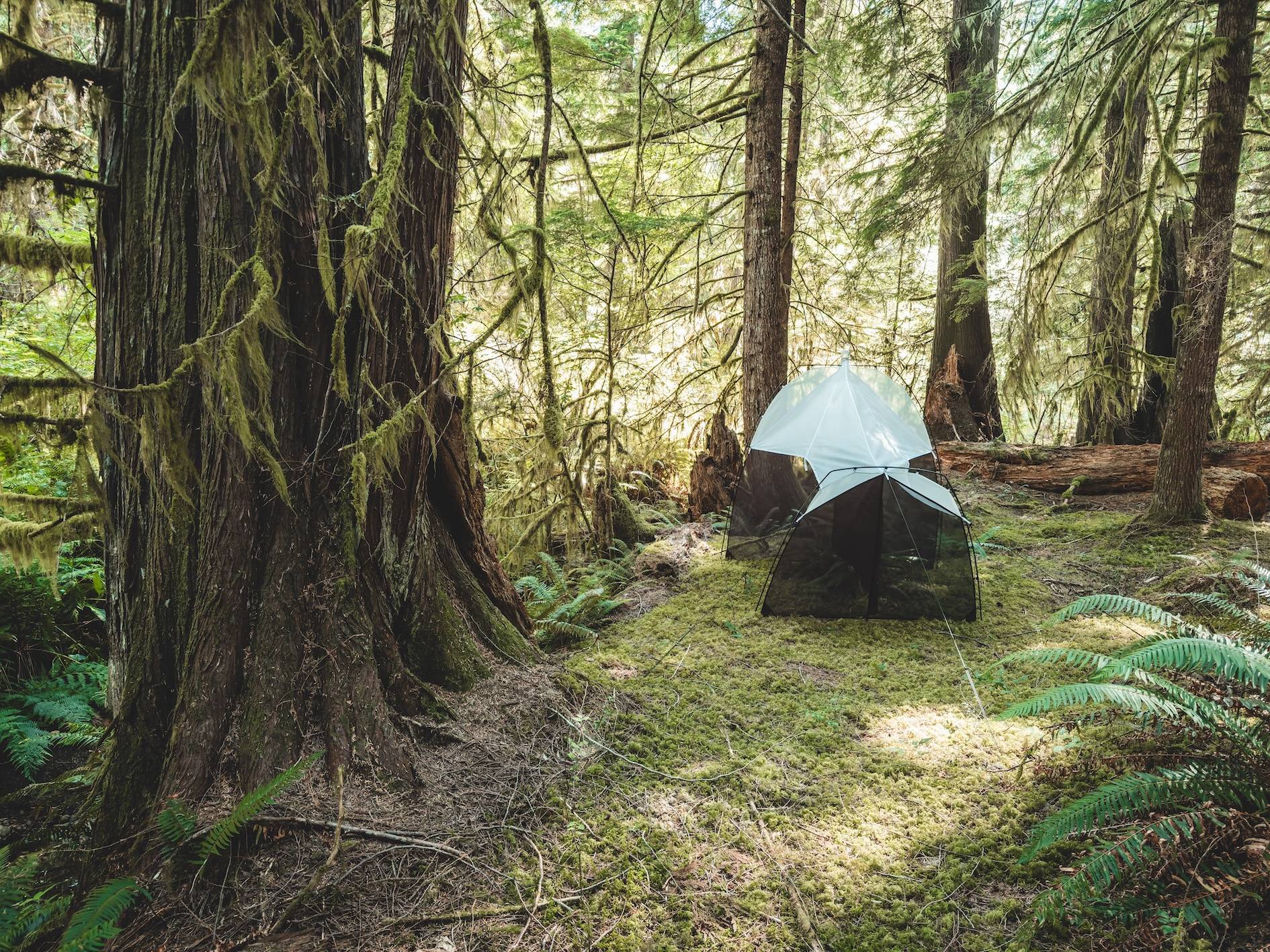
What looks like a "tent" is actually a malaise trap. We use it to catch flying insects in order to take an inventory of them and monitor them in the long term.
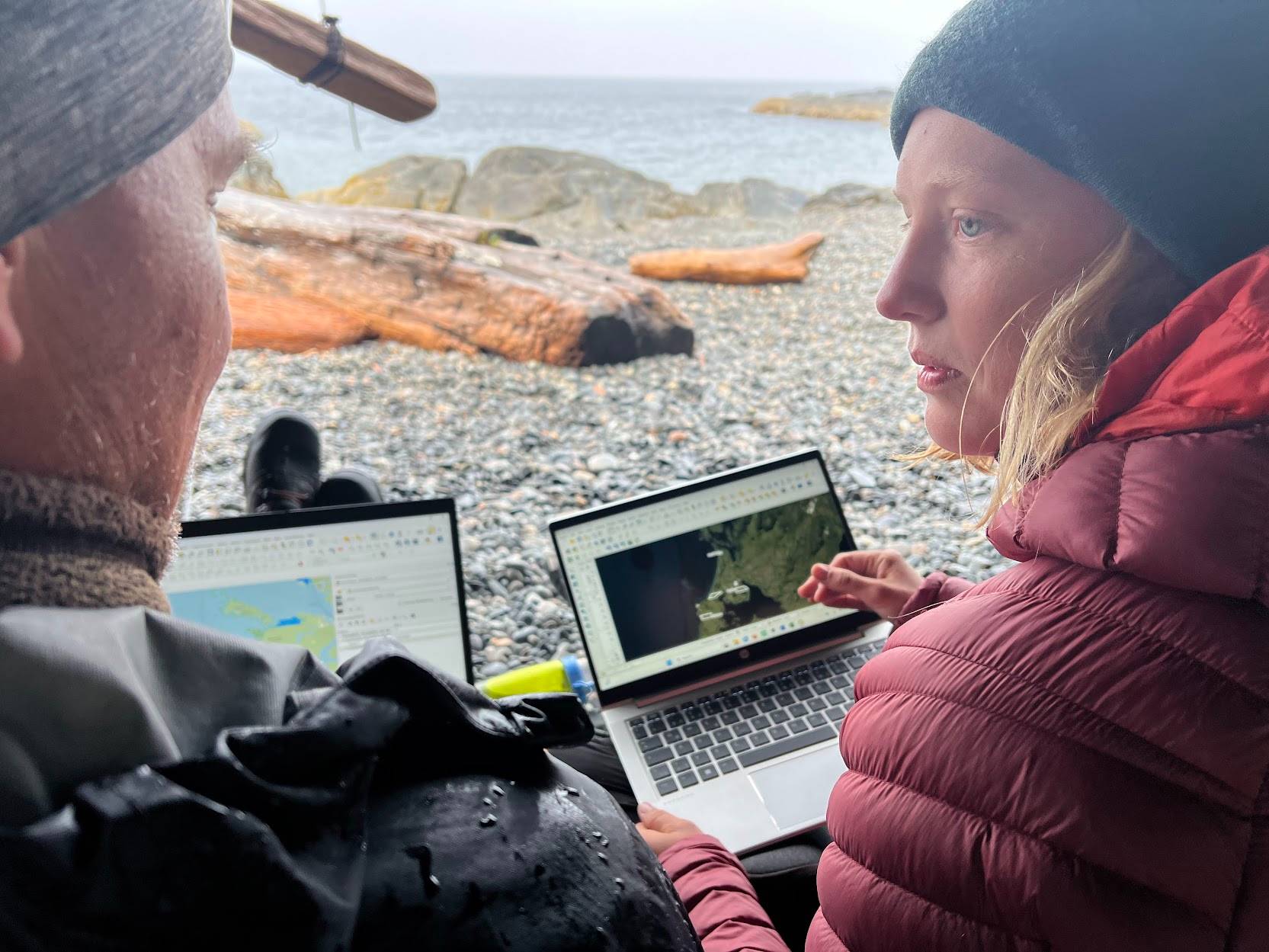
Back at base camp, the first data is immediately analyzed and discussed.
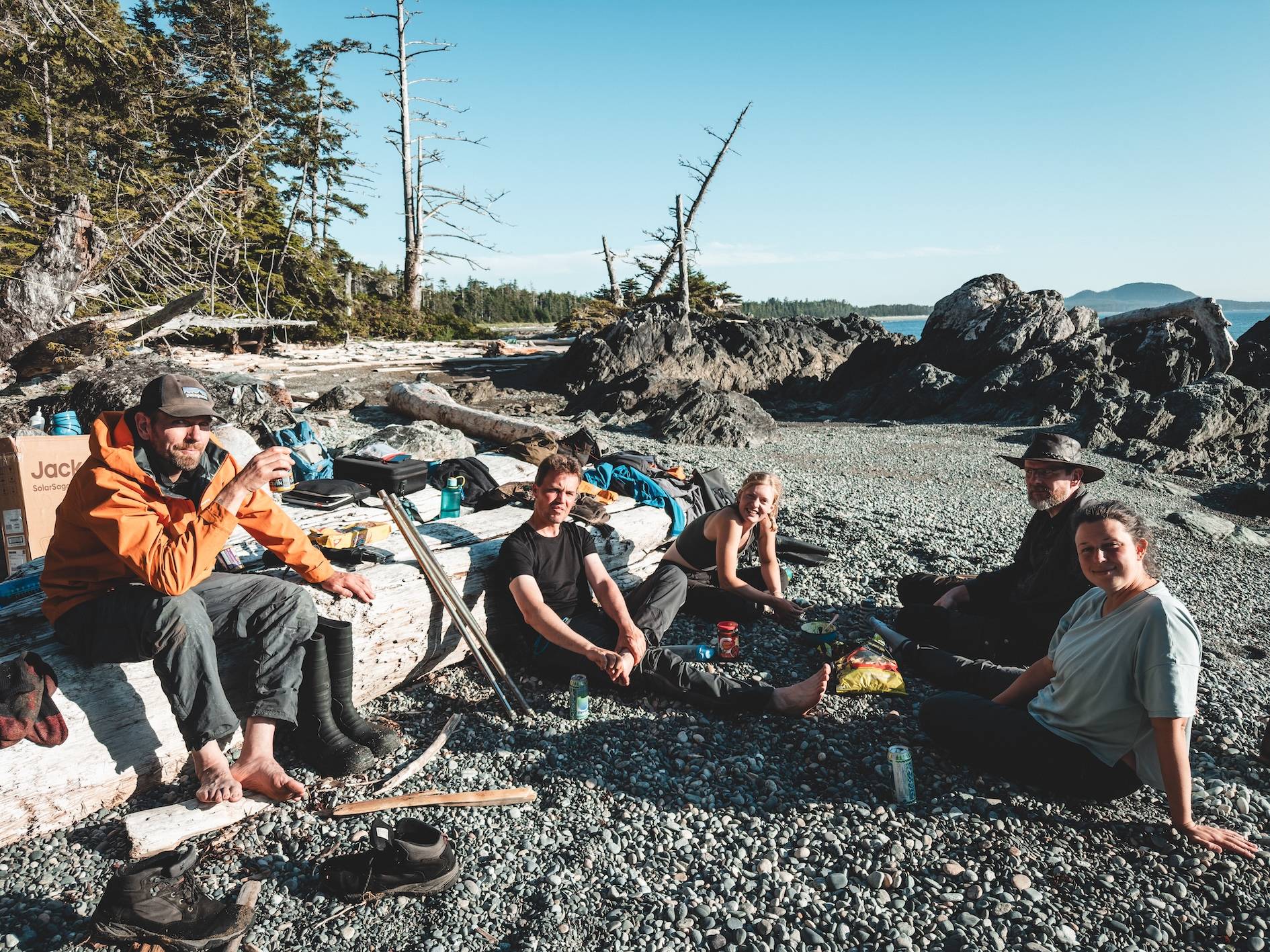
After long days of research, we also take a moment to put our feet up and enjoy nature...
A rucksack full of humility.
But in addition to the data (and my unused winter jacket), I am taking something back to Germany with me that is difficult to put into words. Memories of a very special place on earth that is so beautiful that I am lost for words. It's not the individual animal encounters (and there really were a lot of them!), it's not the gigantic jungle giants (and there really were a lot of those too!), and it's not the calming silence of the moor - it's this connection that I was able to feel in every moment on Porcher, no matter how small. The golden rays of sunlight breaking through a moss-covered branch. The clear air that fills your lungs with freedom. The shell glistening mysteriously in the middle of the forest. I felt it in all the snapshots: the deep connection between me and every tiny piece of the ecosystem puzzle.
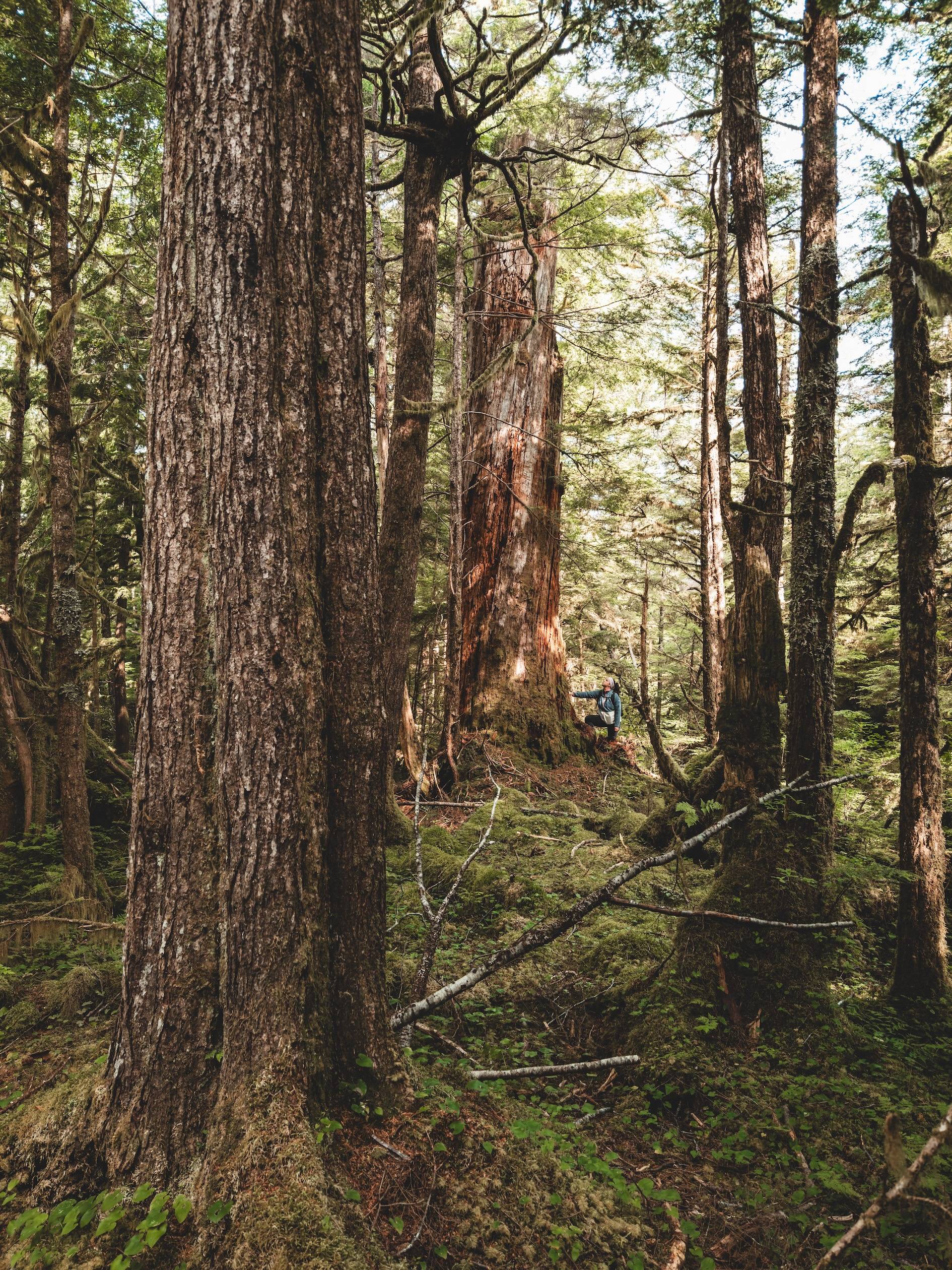
Feeling the bark of this dead trunk, knowing that it has stood there for many hundreds of years and will now provide nutrients and habitat for hundreds more animals and plants, triggers pure gratitude in me.
Lorem ipsum dolor sit amet, consectetur adipiscing elit, sed do eiusmod tempor incididunt ut labore et dolore magna aliqua.
In those moments on the expedition, I promised myself that I would do everything I could to at least try to capture this feeling with all the scientific data, images and videos and to bring it back to others and make it tangible. Because I think this feeling is exactly why we are on this earth: to feel the beauty of the world and let it touch our hearts. If I could wish for anything, it would be that everyone could experience this amazement for themselves, both today and in the very distant future. This is what we do on expeditions and every other day of the year to contribute to our understanding of nature. Because we only love what we understand, and we only protect what we love.
Do you see it too?
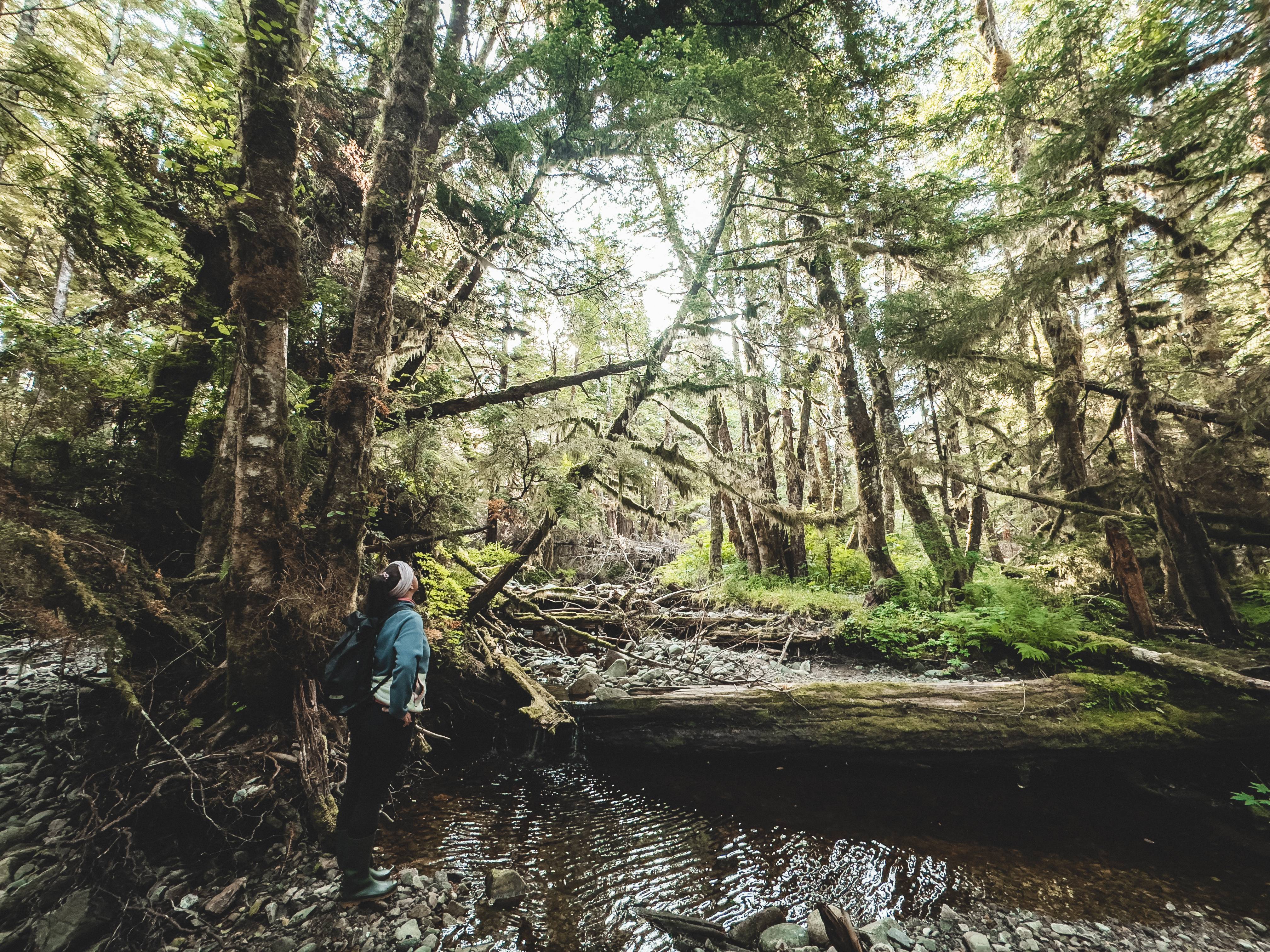
Walking along the Salmon River and marveling at nature, I got totally lost in the moment. Maybe you can see exactly what I mean...

Every last detail ...
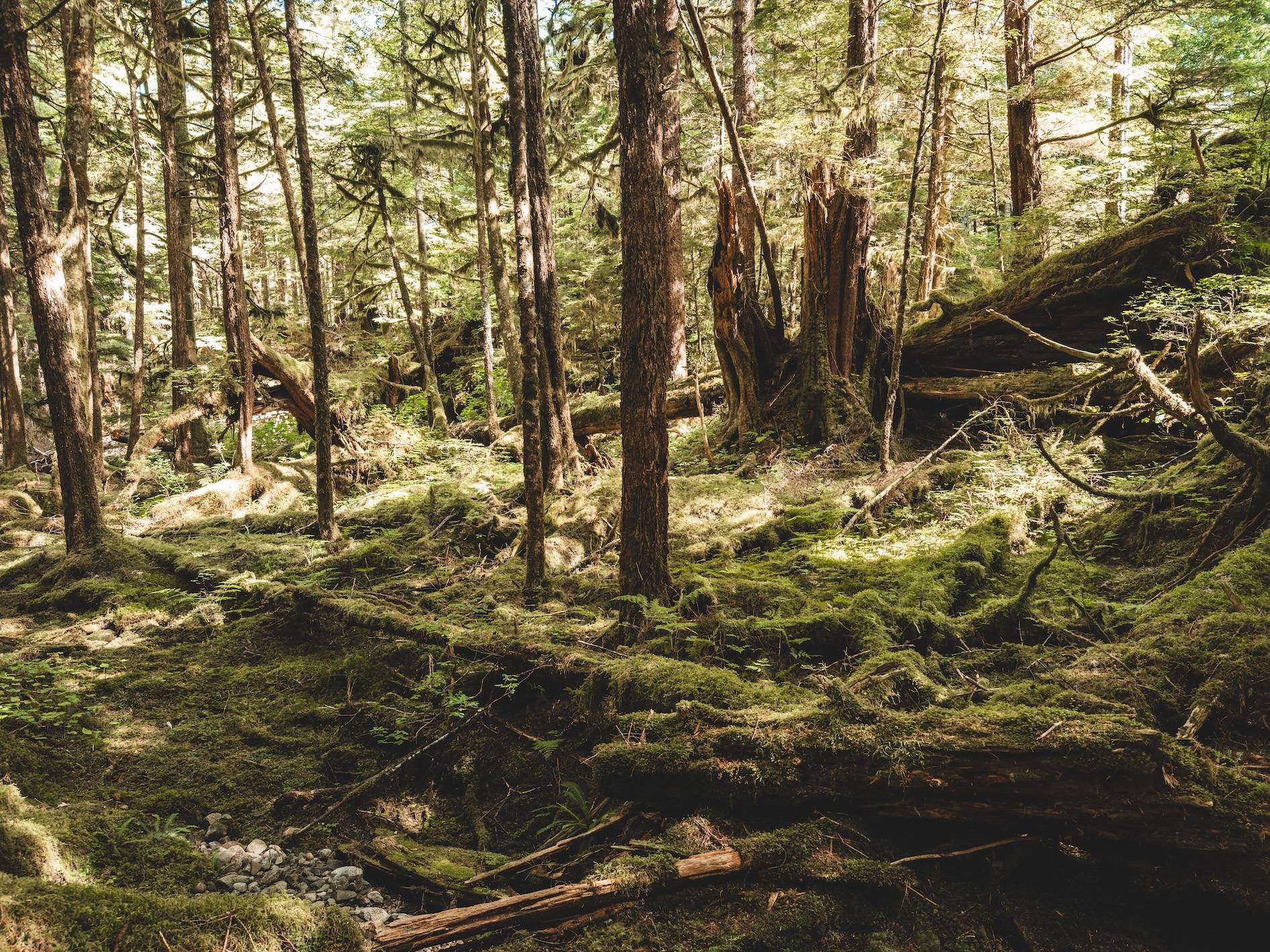
... is part of a larger whole.
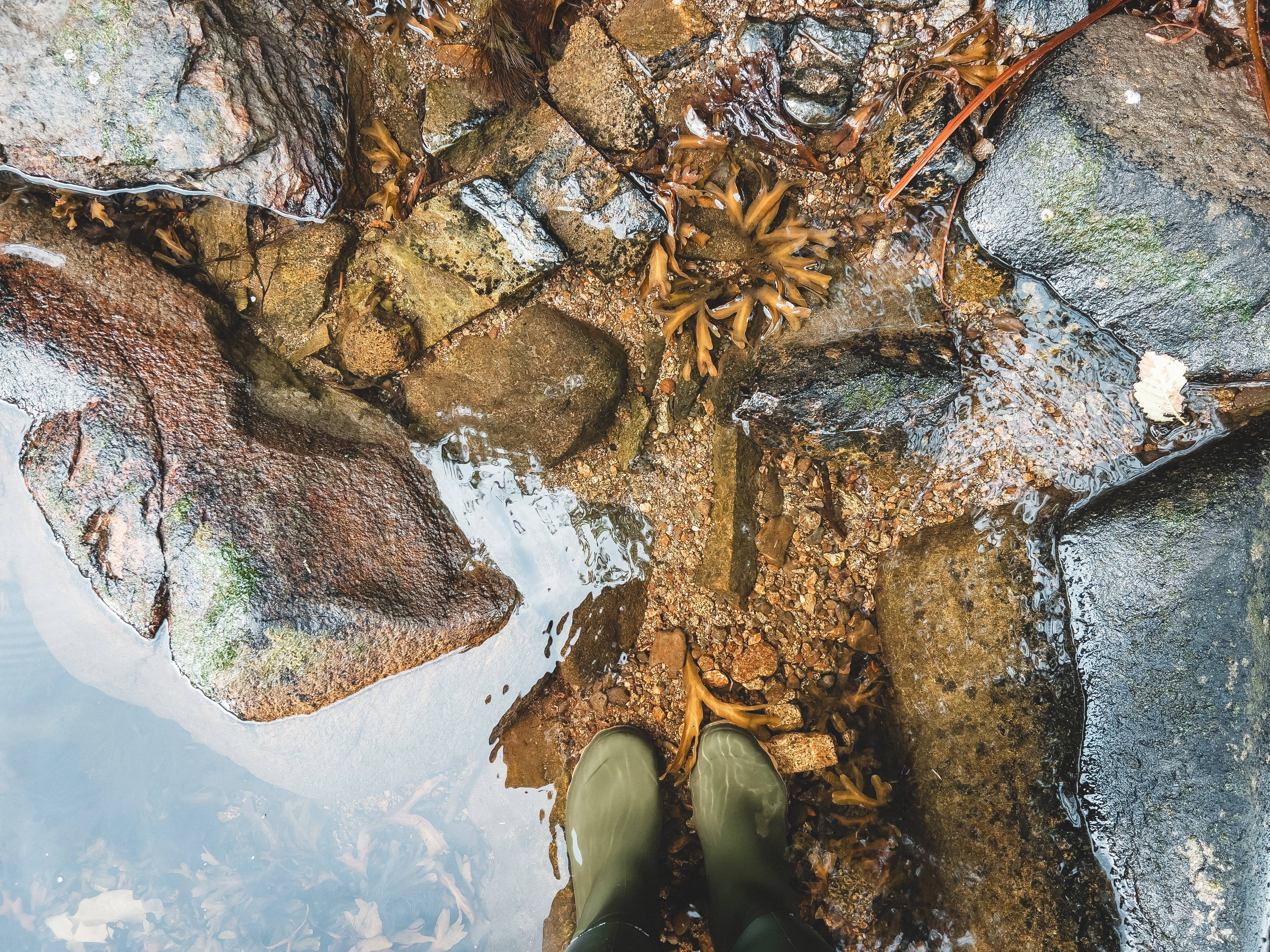
I am also a part of it.

Just like all of us.
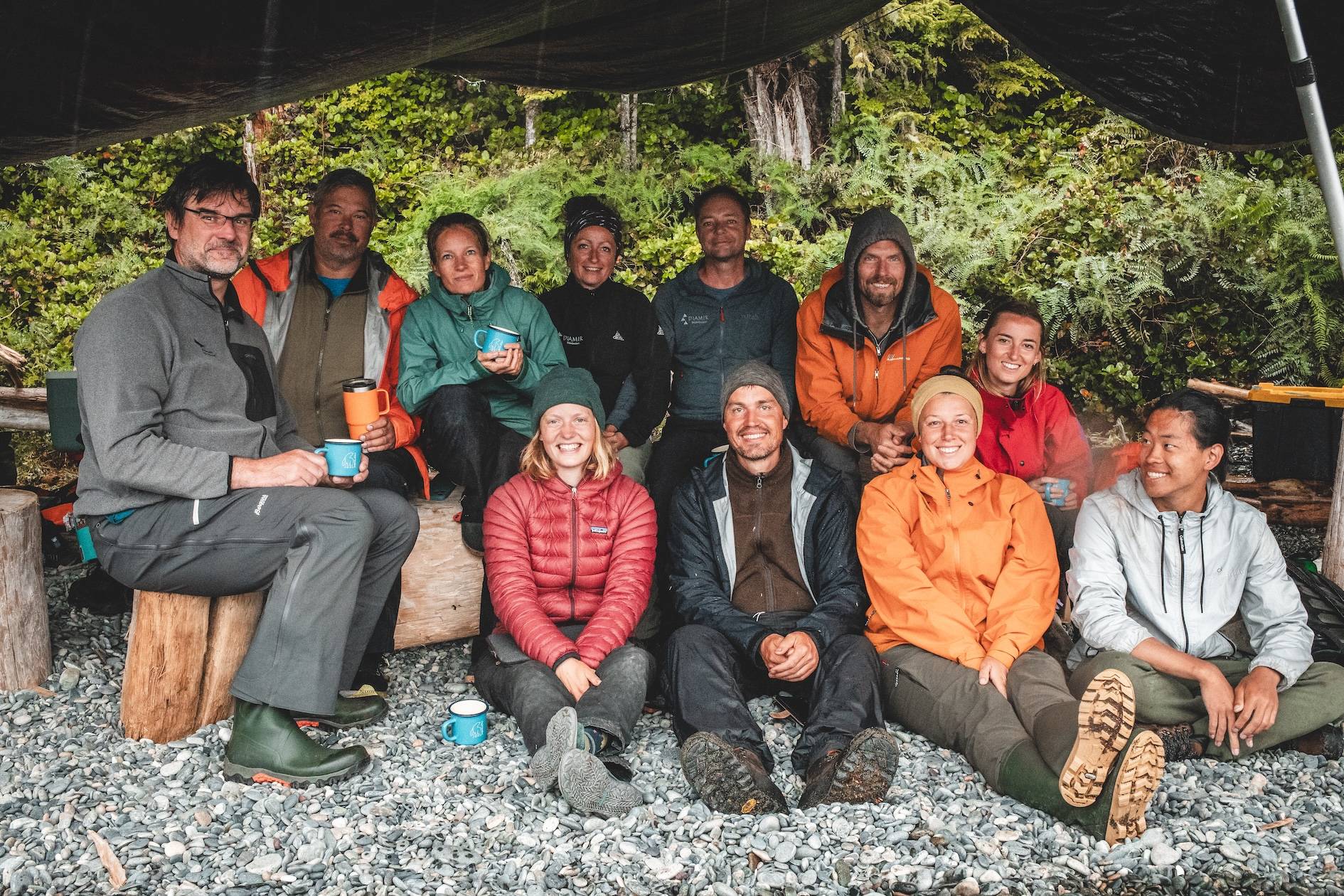
We return to our desks happy and fulfilled. Thank you, Porcher Island, see you soon!
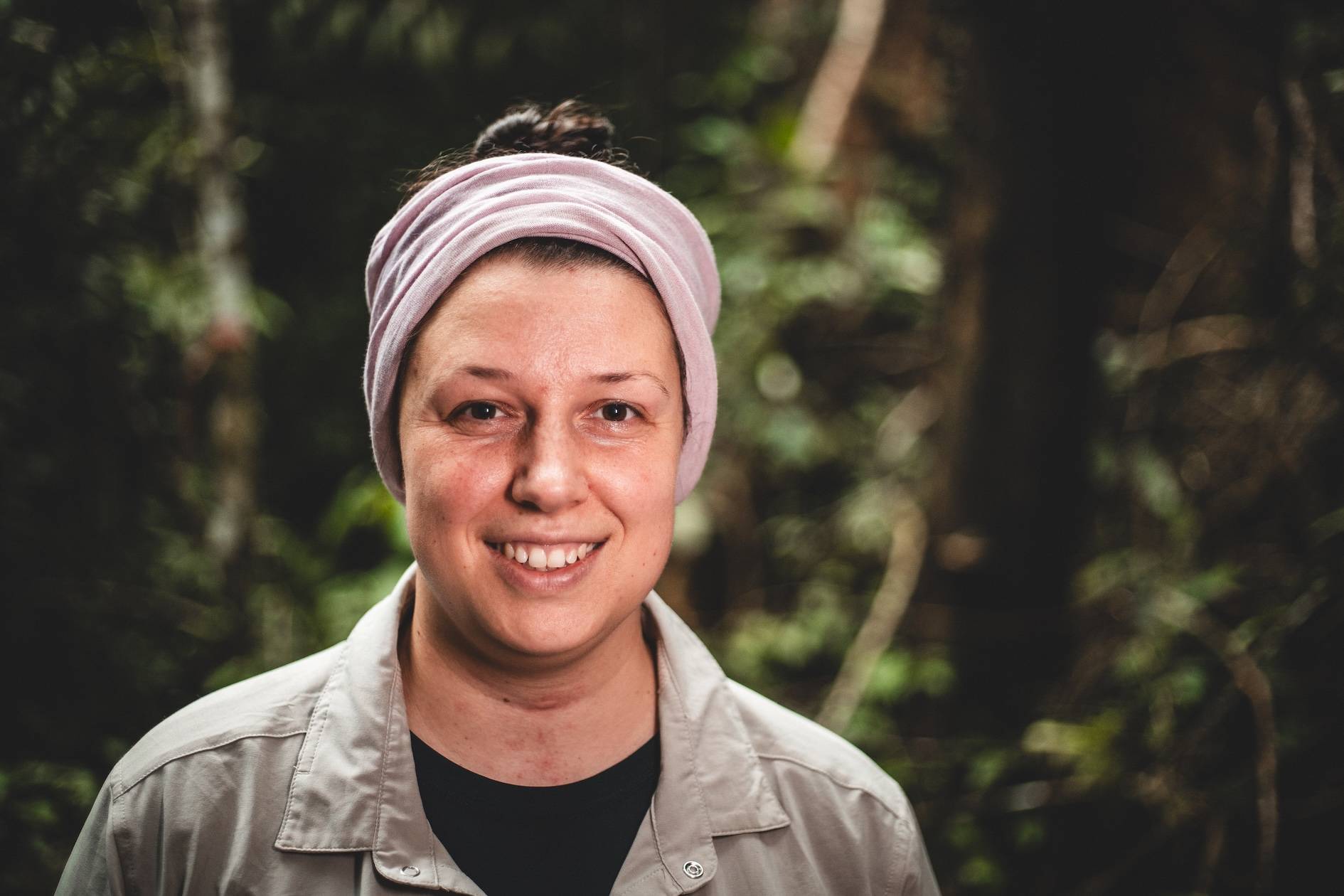
Learn more
Learn more
- 16.05.2025
Peru Expedition 2025
We visited our protected areas in Peru and took a look at the current status of our projects on site. Together with our partners and forest guardian, we lent a hand with the agroforestry project! Rike shares her first-hand experiences from the last Peru expedition.
- 06.06.2025
We are on National Geographic!
National Geographic featured us! An article about our project was published in their online magazine, complete with amazing photos and a wealth of information about the importance and impact of our work. A true badge of honor — we’re incredibly excited!
- 28.02.2025
The importance of species conservation
What impact does the current extinction of species have on us humans? Why is the protection of endangered species and intact ecosystems so important for our survival? This blog post provides the answers.








